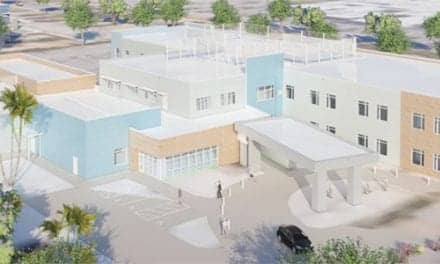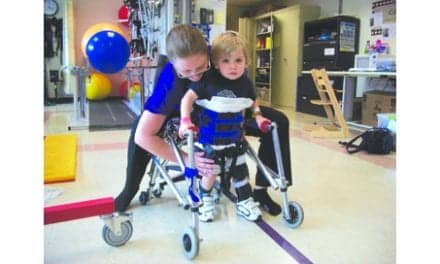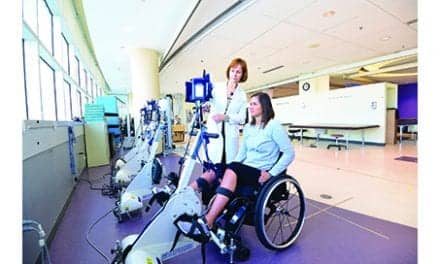Stimulating a dormant group of neurons, called interneurons, located in the cervical area of the spinal cord helped activate them and restore breathing following spinal cord injury, suggest Krembil Research Institute scientists in the journal Nature.
“The big takeaway here is the identification of this novel neural circuit,” says Dr Michael Fehlings, a neurosurgeon/neuroscientist, specialist in spinal cord injury, and senior scientist at University Health Network.
“What we found is if we activate this population of neurons, using pharmacogenetics we can rescue breathing. The biggest implication of this work is that one day we may be able to flip a switch and improve the breathing of people living with these injuries,” adds Fehlings, also a professor in the Department of Surgery at the University of Toronto, in a media release from University Health Network.
Dr Kajana Satkunendrarajah, a research associate, and Dr Spyridon Karadimas, a recently graduated PhD student and current neurosurgery resident, are co-first authors of this Nature paper. Additional contributors include former PhD student and current postdoctoral fellow Alex Laliberte of Krembil’s Fehlings Lab and collaborator Gaspard Montandon, a respiratory physiologist at St. Michael’s Hospital in Toronto.
“We think this discovery has big implications for neuroscience in general, as it demonstrates an important role for this neuronal population in the complex respiratory neural network,” Satkunendrarajah states.
“These interneurons are not required for breathing under normal conditions. However, they become vital to the neural respiratory system when it is under challenge,” Karadimas adds.
Next steps for the team include studying the use of the regenerative properties of stem cells to target areas of the spinal cord with a goal of bringing scientists closer to clinical translation of these findings.
The researchers are also interested in identifying other neural circuits in the cervical spinal cord that could be activated, with the potential for reviving motor function. Areas of particular interest include restoration of hand and arm function, the release continues.
[Source(s): University Health Network, Science Daily]





